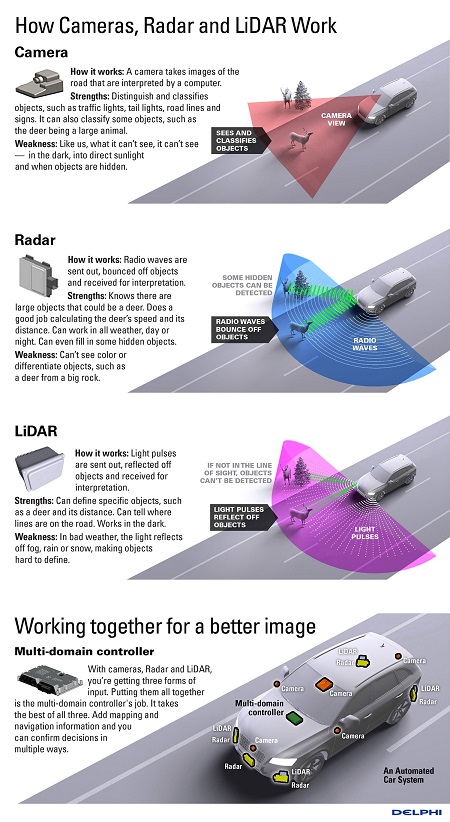The key here is that the demo we saw from Mobileye is a cherry picked run with a human annotated map. Even if say their solution is 98% reliable on US surface streets this is still thousands of collisions a year at Tesla’s scale.
First, I am not sure why some Tesla fans dismiss the use the HD maps as if somehow they make your FSD illegitimate. HD maps don't mean that your vision is not good enough. HD maps are merely a tool that supplements vision to make the system more reliable. And if HD maps can help make your system more reliable, you'd be a fool not to use them.
And I think you might be downplaying the Mobileye demo a bit. Sure, it is just one drive but it demonstrated that the system can handle some pretty important and often difficult driving cases like road blocks, unprotected left turns in busy traffic or getting around a stopped car where you have to temporarily drive in the oncoming traffic lane. The Mobileye demo showed that Mobileye can do this. We've yet to see this capability from any Tesla demo.
Also, the purpose of demos is not to prove a certain number of 9's of reliability. Obviously, a demo of only a few minutes could never do that. Rather, the purpose of a demo is simply to showcase a general feature or capability. You then provide other data to show what the reliability of those features or capabilities are.
Getting from 98% to 99.99% can only be achieved through exponentially larger training sets.
I don't believe this is accurate. Neural Nets also require the right data. If you just have a very large data set, you are likely to get too much data that you don't need and not enough data that you do need. For example, if Tesla collects millions of images from the entire Tesla fleet, they might get a huge data set, but odds are that Tesla will get hundreds of thousands of the same image of the same common case and not enough images of a particular edge case. Remember that a NN only needs like 1000 images to be trained. Anything more than that, is wasted overkill.
Also, FSD is more than just perception. Planning and driving policy is a big part of FSD. You can train neural nets to solve perception but you still need to write the planning and driving policy software that will dictate the rules for how the car will respond to what it sees. So you can have a huge data set but that alone won't solve FSD for you. In fact, I believe that planning and driving policy is what will really differentiate the FSD systems of different companies. Pretty much everybody has solved perception at this point. So what will separate the different systems is how they handle driving policy.
Lastly, remember that edge cases are by definition very rare. Most drivers don't deal with edge cases very often. Most drivers actually deal with common driving cases most of the time. So training your system on a large set of what drivers do, will help solve the common cases, but won't help you as much with those 1 in a million edge cases. That's why solving the last 9's is so difficult.
What I suspect is going on behind the scenes is that Tesla do indeed have MobilEye level Autonomy on their latest version of Navigate on AutoPilot but it’s no where near reliable enough.
Honestly, this is pure speculation. There is no evidence at all that Tesla has the same level of FSD that Mobileye has. In fact, the evidence suggests the opposite. Tesla has FSD that works "most of the time" but only in simple cases, definitely behind what Mobileye has.
Once they can ingest vast amounts of edge cases into the Dojo they can train the NNs with self supervision and eventually get to a point where AutoPilot only disagrees with the drivers’ input 0.01% of the time. This is what operation vacation really is: tooling to cluster valuable edge cases where there is statistical difference between driver input and inference all to drive up the reliability enough to be released to the public.
This is what I call the "secret weapon" argument: Tesla has a secret weapon (in this case, it's Dojo and "operation vacation") that as soon as they deploy it, Tesla will win FSD. The reality is that Dojo and "operation vacation" are useful tools that will help Tesla, absolutely. But I don't think they will suddenly win FSD.
Don't get me wrong: I want Tesla to make progress with FSD and give us good stuff. And I think they will do that. I just think we need to be careful not to use the "secret weapon" argument. There is no magic bullet to solving FSD. It takes the right approach and a lot of hard work.



